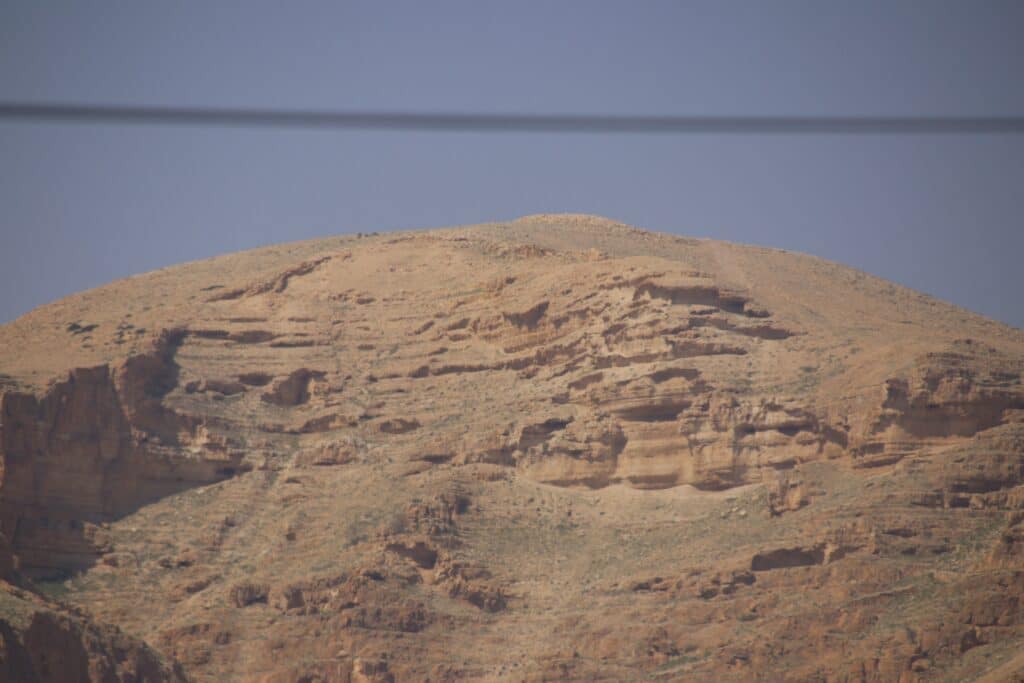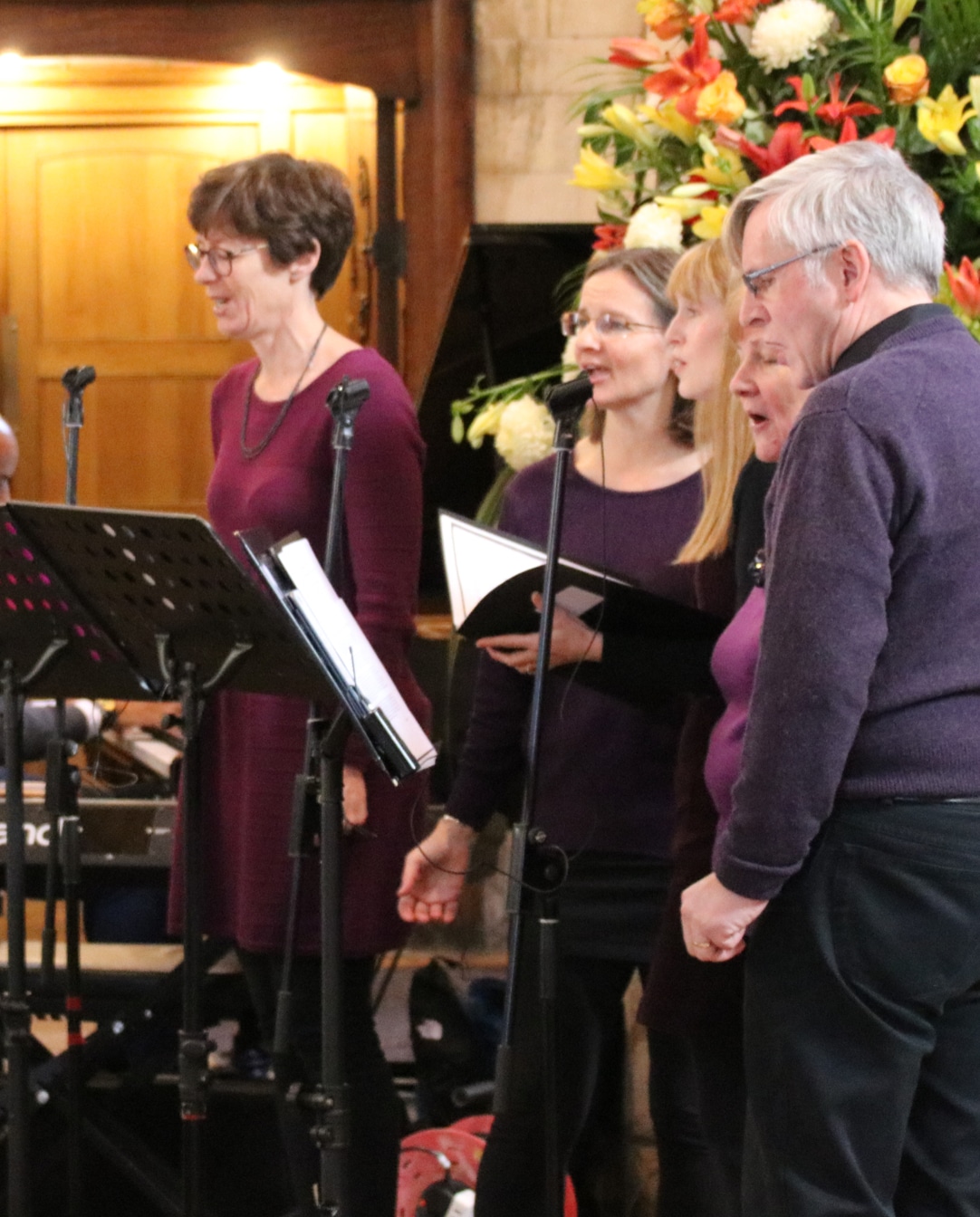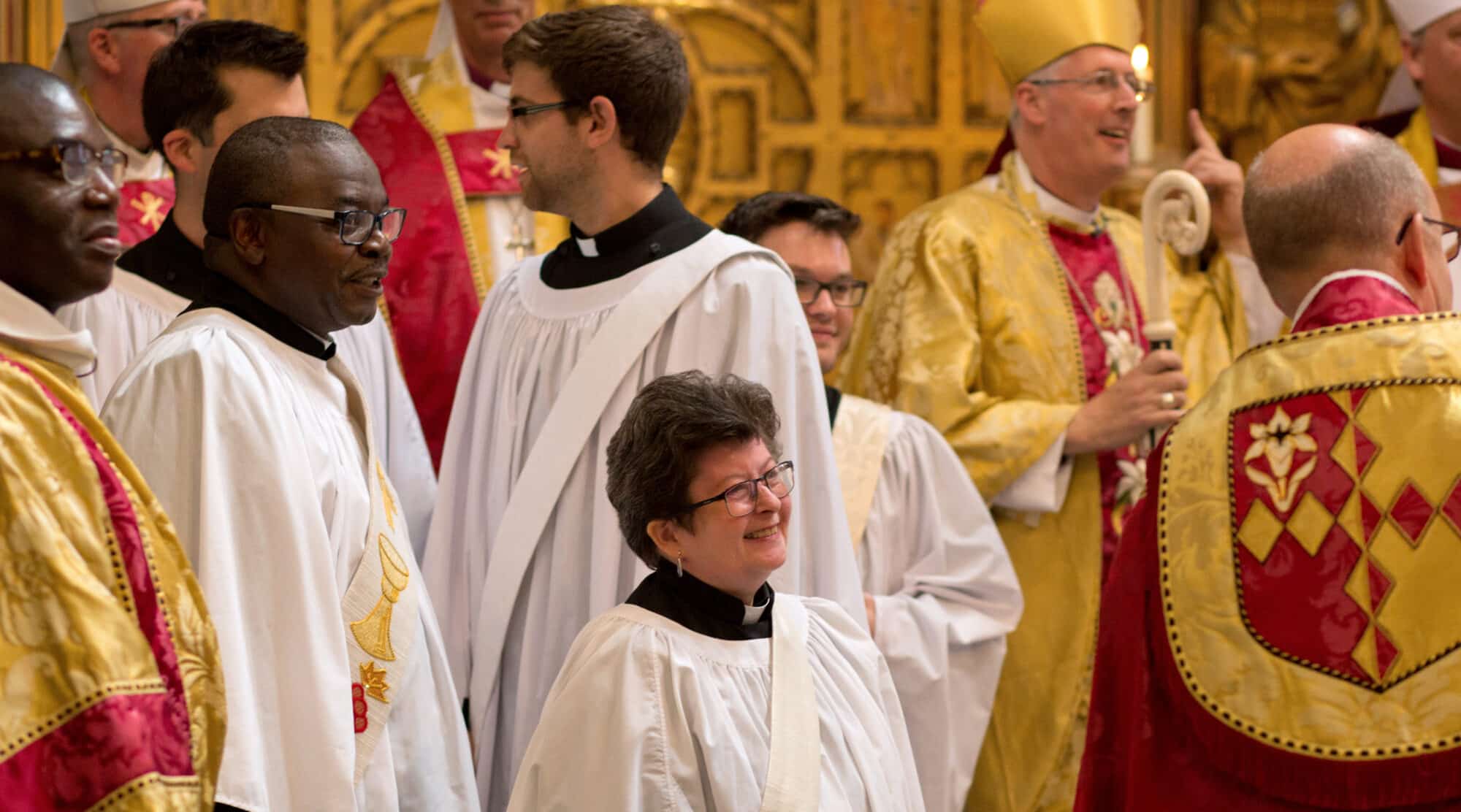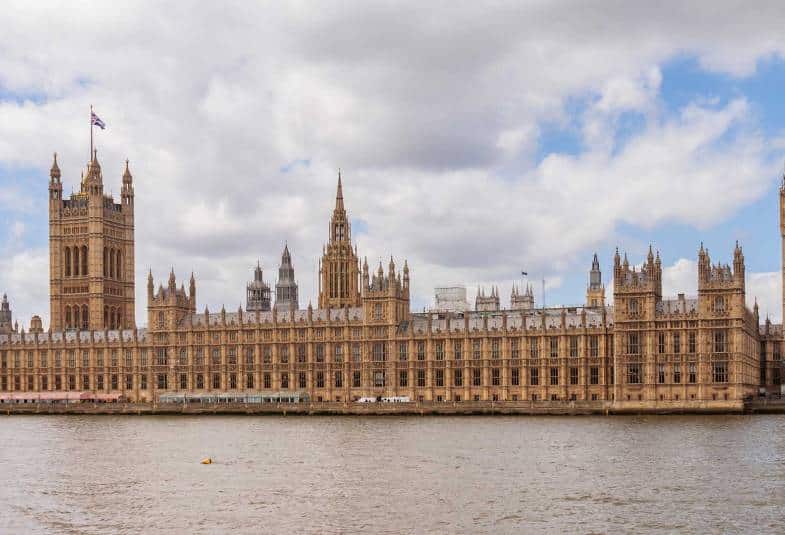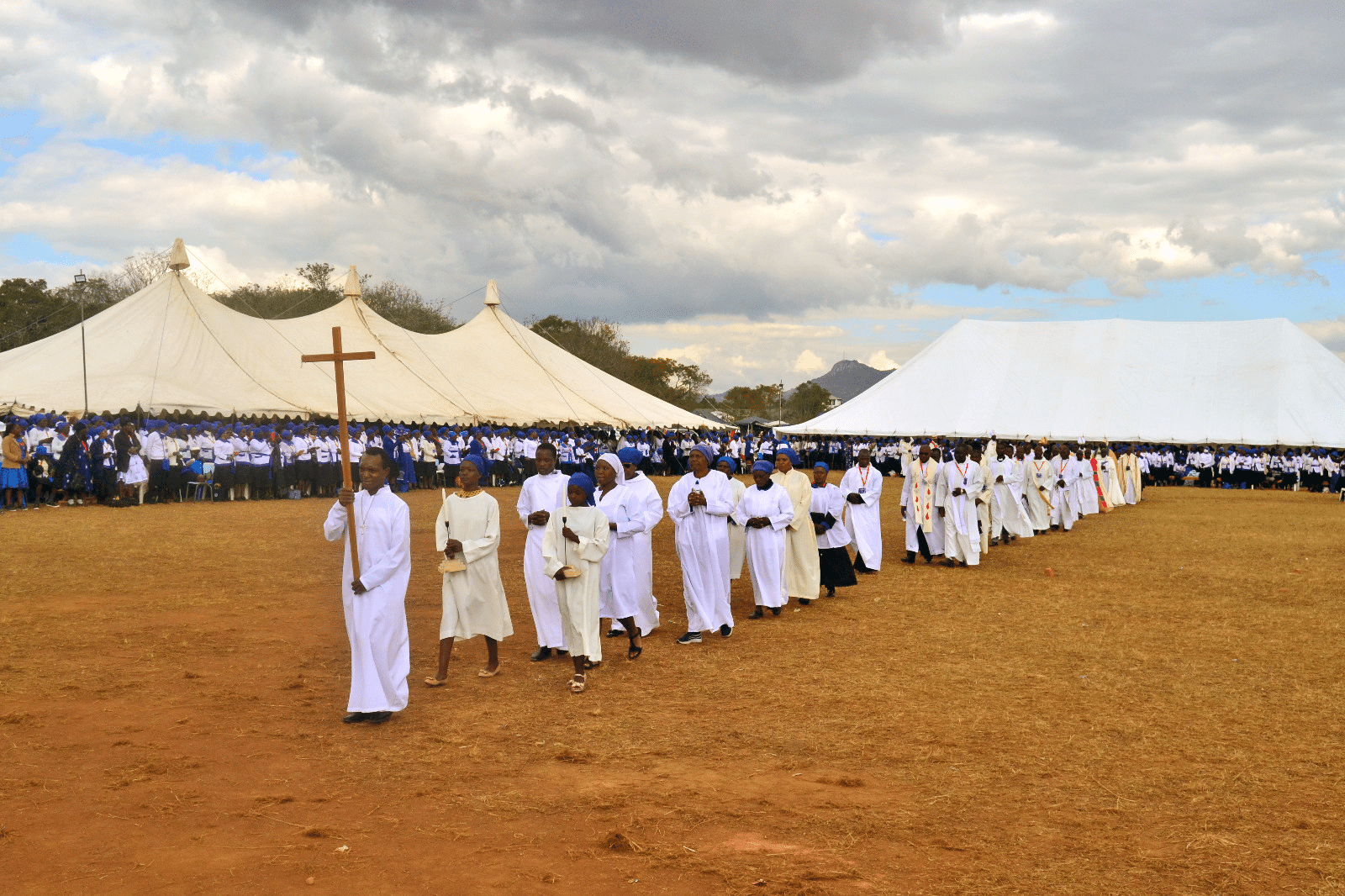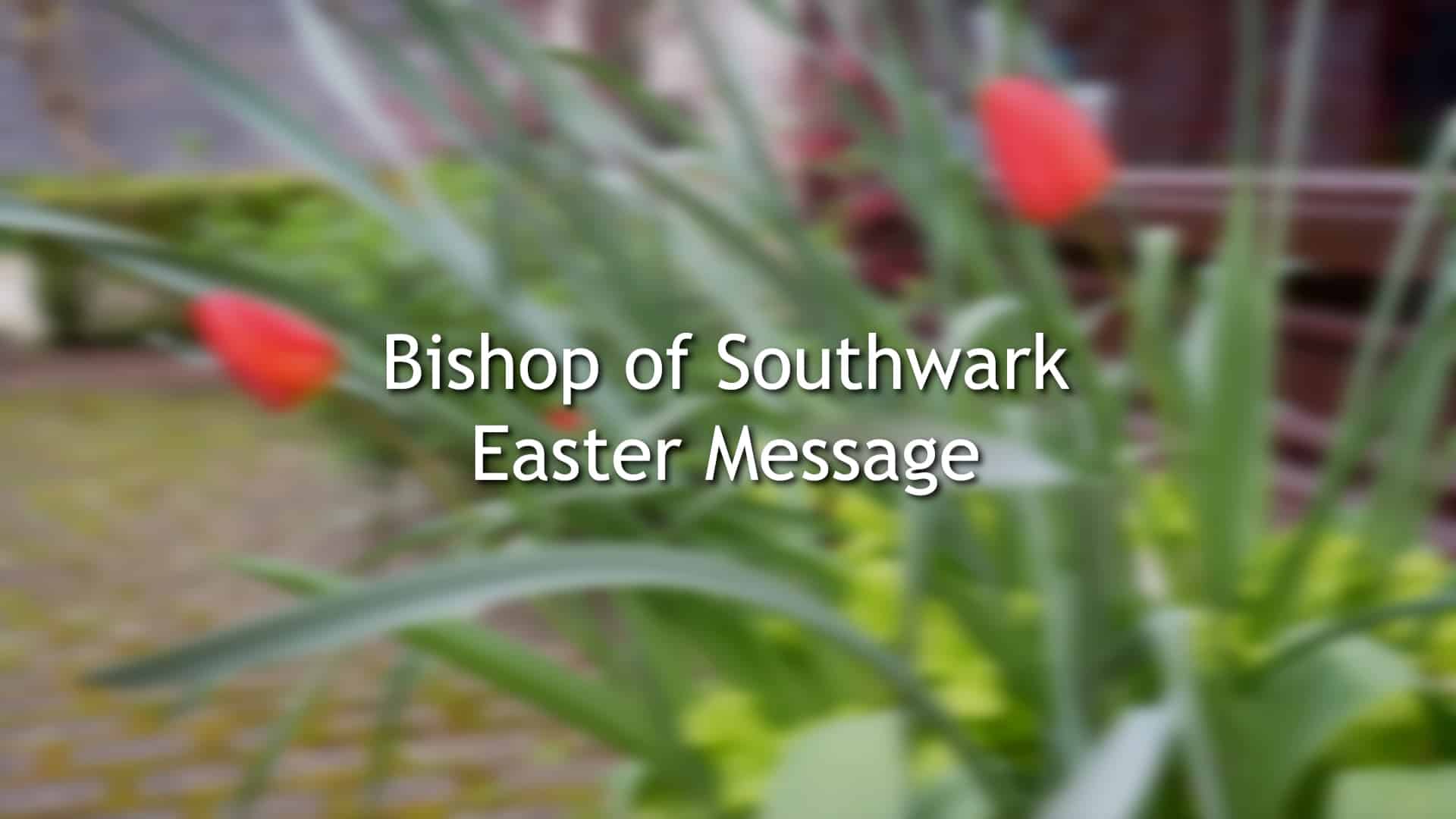‘And when he drew near and saw the city, he wept over it, saying, “Would that you, even you, had known on this day the things that make for peace! But now they are hidden from your eyes.”’ Luke 19:41-44
It was telling how frequently I heard my fellow pilgrims say how they wished we could have stayed by the Sea of Galilee – a place of sublime beauty, tranquillity, and peace. Alas, pilgrimage is rarely about staying at any place too long, so a return to Jerusalem was inevitable and appropriate. The journey back south along the Jordan valley commenced, eventually turning eastwards past Jericho, up into the (utterly sublime) Judean wilderness, and on to the Holy City.
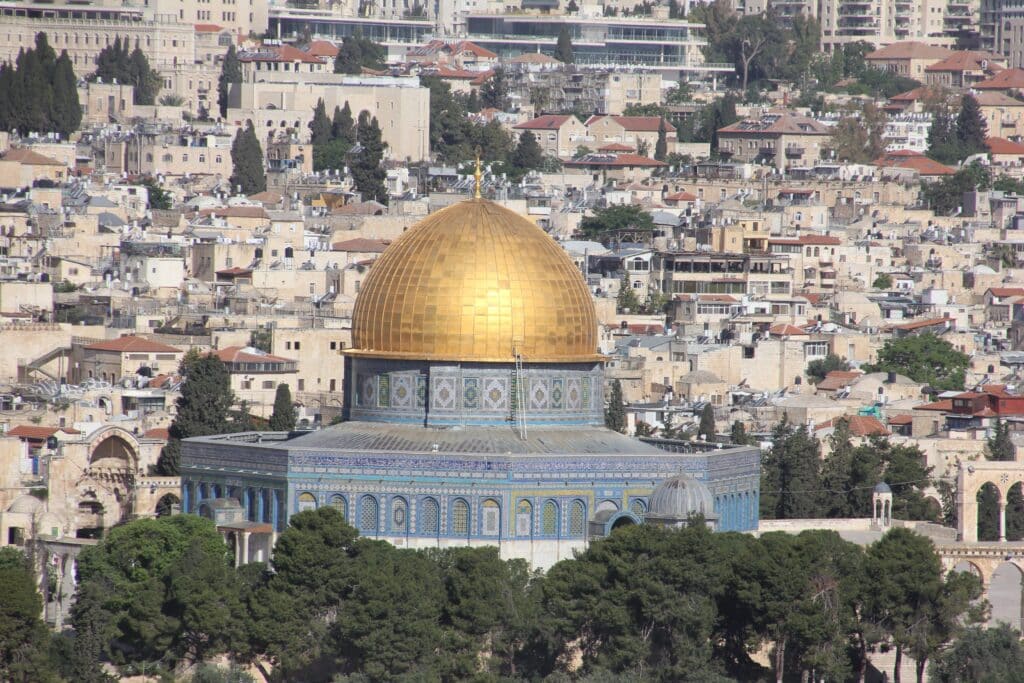
It’s a journey that takes us through a place we have all heard of in the West but only understand vaguely, if at all – the infamous West Bank. Checkpoints, security fences and minefield warning signs remind us that the clear, gentle waters of Caesarea Philippi are behind us now. We return to Jerusalem with mixed emotions, to say the least – the sight of the security wall from the motorway reminding us of our visit to the Aida Refugee Camp less than a week ago.
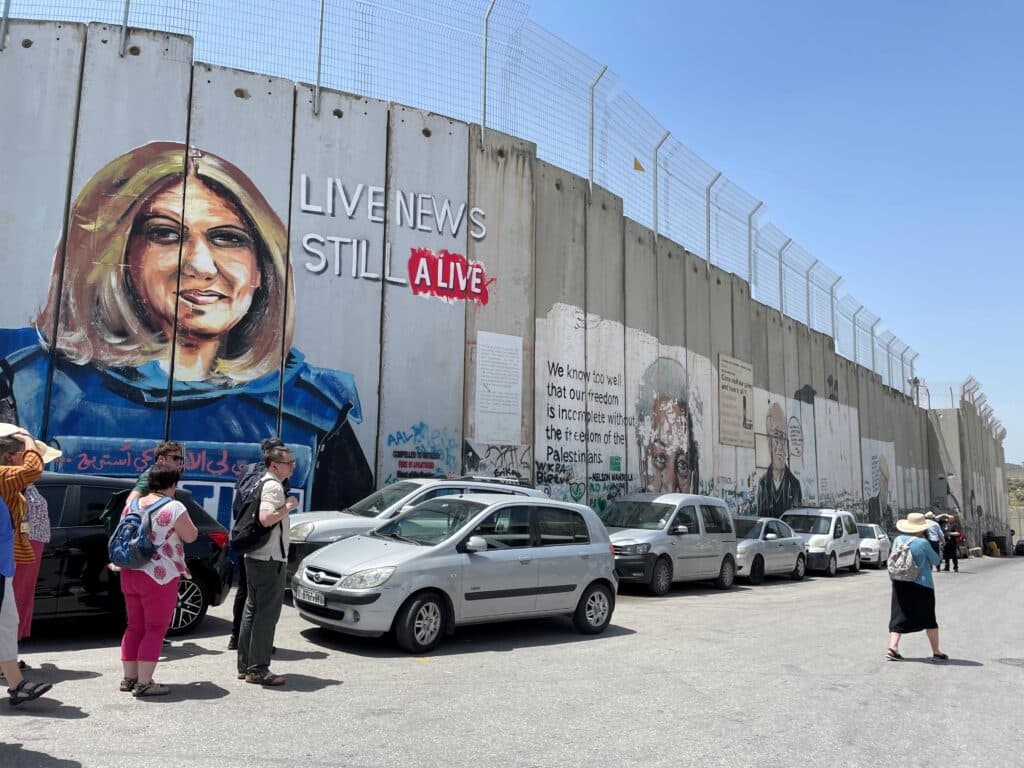
It would be a grave mistake to rush to judgement about this place. It would take many lifetimes even to begin to understand it properly. Yet with this caveat said, I must confess a real sense of melancholy as we come to the end of our pilgrimage. As the most important shared holy site for the Abrahamic faiths, Jerusalem (and the Holy Land more widely) seems, in many ways, far from ‘holy’.
Jerusalem itself is a microcosm of the wider area. Tourists of all kinds throng the narrow streets alongside locals going about their daily business – yet cast your eyes upwards, and you see security cameras everywhere. Pilgrims cram swelteringly into the multitude of religious sites, but frequently, it feels, with little sense of presence, order, or generosity to others. The Holy City has a vast, mystical beauty, of course. But it is also, I think, an ugly and disfigured place. Centuries of stone, rock and concrete overlay like a termite colony.
The four ‘quarters’ (Jewish, Christian, Muslim, Armenian) bring perhaps some ‘order’ to the ancient city. Yet these quarters are visible signs of the fractured nature of the city and the surrounding land for hundreds of miles in every direction (not to mention the Abrahamic faiths worldwide). The pavements may often be worn to a beautiful bright shine from the footsteps of countless pilgrims, but the mind boggles when you reflect on those who have bled and died on these cobbled stones.
It has been an incredible privilege to visit the Holy Land. To see, hear, taste, smell and feel the land in which Christ walked. To visit places out of which the sacred mysteries of God emerged and where some of the most extraordinary tectonic events of history took place. Areas of exquisite beauty, but also places of profound sadness: the sublime and the broken, the sacred and the defiled. The challenge for us is to hold these two aspects of the Holy Land together – never allowing one to drown out the other. It’s the best chance we have to someday know the things that make for peace.
